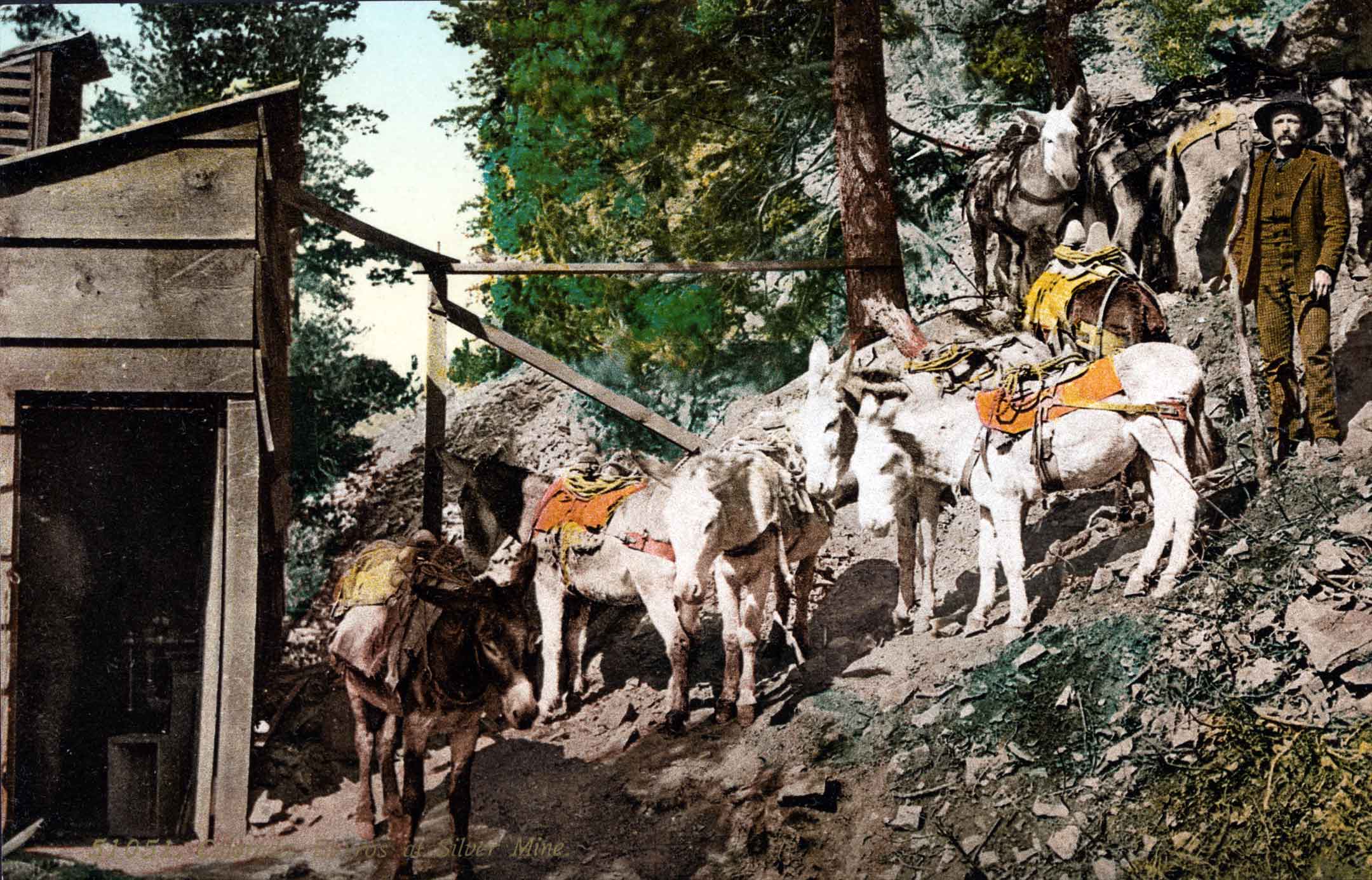The Brand-Allison Act

The Bland-Allison Act called for the treasury to purchase between two and four million dollars of silver monthly to be converted into dollars. The bill was a result of a coalition of mining interests and agrarian and industrial reformers. The later group wished to cause inflation that would benefit the farmers and the workers.
The Bland-Allison Act was passed, over President Hayes' veto. It was sponsored by Democratic Representative Richard Bland and Republican Senator William Allison. The goal of the act was to inflate the US currency and thus help the farmers. Needless to say, the silver miners benefited as well.
The inability of the United States to emerge from the depression which began with the Panic of 1873 spurred a coalition of interests to push to change US policy on the purchase of silver. This coalition was trying to overturn the Specie Act of 1873 that had limited US currency purchase to gold. The group who included both agrarian interests who wished to create inflation in the economy as well as owners of silver mines. Both groups wanted the government to freely purchase silver and return to what was known as bimetallism, a currency based on more then one metal- in this case silver and gold and not just gold.
To many at the time the cause of the Panic had been the governments tight money policy, and thus they believed that if the money policy was loosened and thus the government would increase the money supply, thus resulting in the country coming out of the recession. Many of the farming interests who had purchased land on borrowed money favored the inflation that looser money would bring, inflation would make it easier to pay back their loans.
Representative Richard P. Bland, a Democrat of Missouri led the efforts to pass a bill instructing the government to purchase silver. The bill instructed the Treasury to buy between $2 - $4 million a year in silver from Western mines. The bill was passed in early 1878 but vetoed by President Hayes who believed in tight money. The Congress overrode the veto on February 23, 1878 and it became law. The effect of the law was very limited. The Hayes Administration purchased the minimum required by law, as a result the $2 million purchase had no significant impact on either the money supply- nor on the price of silver.
 >
>